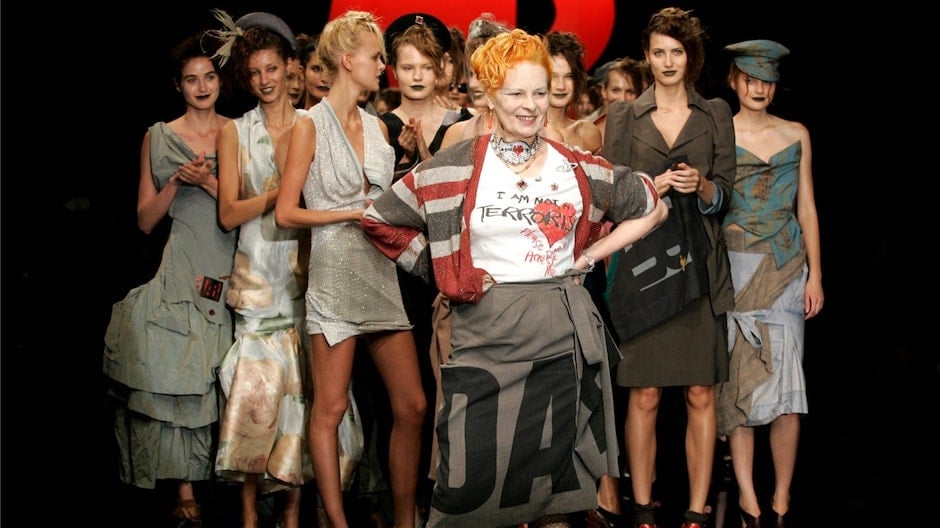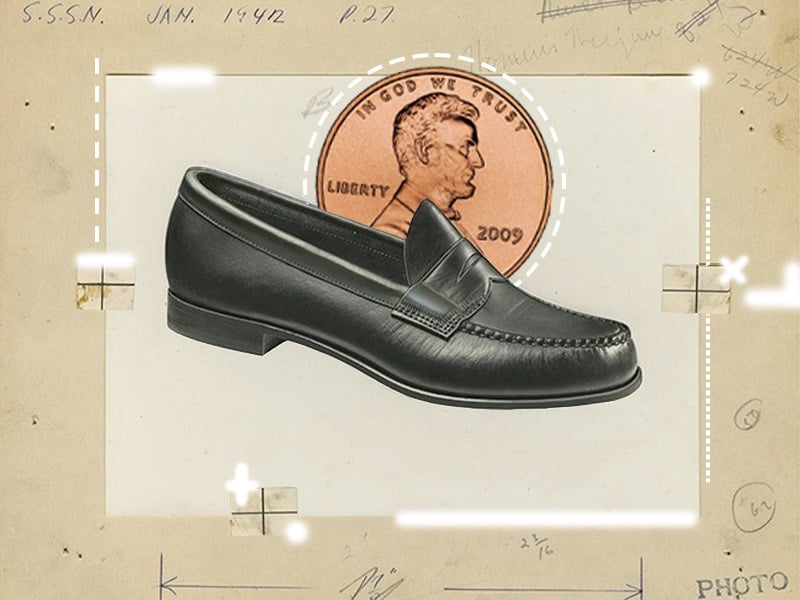I started crocheting in the summer of 2020, and since then, I have entered a world of its own. A new space, made of creativity and rules to follow. Many call it crochet therapy, but some have turned this passion into a real job. That’s why we spoke with four women, the force behind three very different brands, but united by the technique they use to create unique garments and accessories. This technique, crochet, is also intertwined with seemingly distant themes such as dopamine dressing or sustainability. From Laura and Ludovica De Luca – the very young sisters behind the success of Trippat – to Made For A Woman, the sustainable and socially responsible brand born from an idea by Eileen Akbaraly. But there’s also Rat Hat, a family venture conceived during the first lockdown by Alice Sofia Navarin. The rise of crochet seems unstoppable, and the reason probably lies in the timeless charm of creating something with your own hands, from scratch. Profiles like @skumpstitch show us that sharing crochet-themed content is not just a passing trend but a true lifestyle, definitively revived during the first lockdown in the distant 2020.
Visualizza questo post su Instagram
One of the most obvious signs of this resurgence is the spread of crochet workshops. It happened at the University of Milano-Bicocca, where a group of students introduced an open crochet (and knitting) workshop for everyone, even those with no experience. In recent years, personalities like Ella Emhoff, a model and knitwear designer from New York with an iconic style, have emerged. She primarily engages in knitting, collaborating with various brands and more. We also saw Tom Daley crocheting at the Tokyo Olympics in 2021, and even earlier, we were captivated by Bernie Sanders’ mittens immortalized in an image that became an international meme. In short, we are facing a real phenomenon that has kicked its way into pop culture.

Rat Hat, Trippat and the power of dopamine dressing
Looking at the profiles of Rat Hat and Trippat, two small but colorful Italian brands, it’s impossible not to notice the abundance of colors – including neon – combined together. An explosion that immediately attracts and aligns perfectly with the concept of dopamine dressing, the attitude of wearing colorful clothes that uplift the mood.

Not just color but also social responsibility. Talking to Alice Sofia Navarin, the founder of Rat Hat, it is a real mission that stems from her experience in the fashion world as a model. «[…] I made considerations about textile production and the waste that normally occurs in this sector, and I think it was a natural process to make responsible choices. I tried to be consistent with the initial idea and not move production out of the context I started from—my family and my city,» Navarin explains.

Like Rat Hat, Trippat’s story also begins in 2020, the year zero of the crochet revival. The very young Laura and Ludovica De Luca, confined to their Trippat Room, found themselves wanting to learn the basics of crochet with the help of their grandmother. From that moment, a real star was born, «a bridge between different generations that creates new connections and synergies,» as stated in the press release accompanying the brand’s presentation. The name itself roots in their origins, mixing with elements belonging to Gen Z. Trippat itself comes from the transformation of “trippy hats” in the Neapolitan way.

We also wondered how Trippat became so viral, but according to the founders, «the turning point came when we got in touch with Jovanotti and continued to realize the impact of our project every time figures like Madonna, Marracash, and Tokischa showed interest in us» Despite everything, they cannot define it as a real job, and the approach they maintain is that of a passion; «as long as it remains so, we can be sure that our garments have value» Laura and Ludovica continue.


La missione di Made For A Woman, il brand di Eileen Akbaraly
Abbiamo scelto di raccontare anche un’altra storia, diversissima da quella di Rat Hat e di Trippat, ma dal respiro internazionale e interamente focalizzata nel controvertire le regole del sistema moda per come lo conosciamo. Un progetto di gran lunga più strutturato ma sicuramente interessante, Made For A Woman è un brand con una missione ben precisa: «creare e implementare un modello di business sostenibile, scalabile e innovativo basato sull’uguaglianza di genere, per dimostrare che una narrazione autentica e la trasparenza sono valori fondamentali per avere successo nel mondo della moda». Un obbiettivo ambizioso che la founder, Eileen Akbaraly si è fin da subito prefissata arrivando a collaborare con brand del calibro di Swatch e Chloè. Quella Akbaraly è una storia particolare – cresciuta in Madagascar e di origini italiane e indiane – che le ha permesso di aprire gli occhi sul tema della responsabilità sociale ma non solo.

«I feel grateful to be able to combine my creativity through fashion design with this mission. But with all of that said, I strongly believe that a sustainable fashion brand is also a “something bigger.” 2.1 billion tons of greenhouse gasses are emitted by the fashion industry every year. Pushing the fashion industry as a whole towards a more sustainable and ethical future isn’t an option, it’s a necessity. Our hope is to have our business model implemented across the globe and also to continue to lend our craftsmanship to other luxury brands that are dedicated to making their own businesses more sustainable» ci spiega Akbaraly.


The strategy of Made For A Woman focuses on creating a secure, socially, and environmentally sustainable value chain at the core of their distinctive business model. The sustainable social strategy of the brand is based on a thorough assessment of the needs of the artisans working in the Made For A Woman atelier and revolves around four main pillars, following the principles outlined in the Sustainable Development Goals created by the United Nations.

In essence, discussing crochet doesn’t just mean talking about a pastime but also about social responsibility and sustainability. The stories of Alice Sofia Navarin, Laura, and Ludovica De Luca, along with that of Eileen Akbaraly, take us down a new path, far from the frenetic dynamics of Fashion Weeks and compulsive production.






